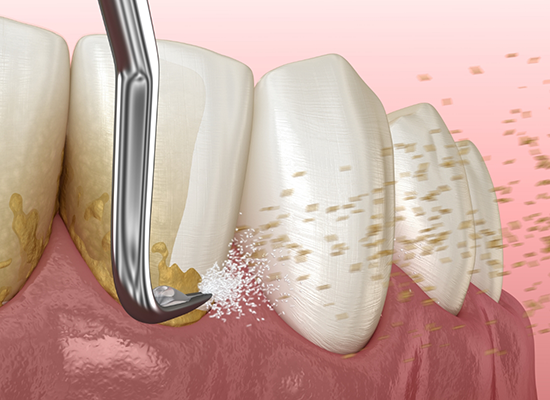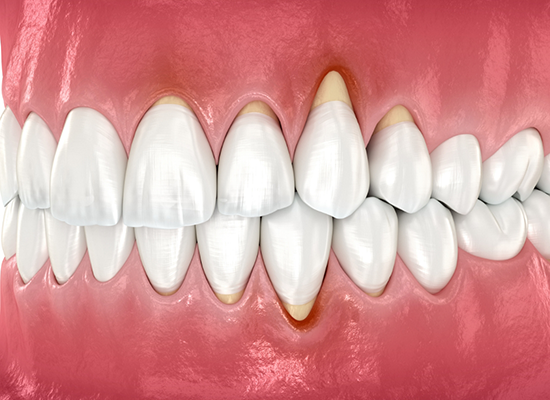Gum Disease Treatment Colorado Springs
Capably Addressing All Threats to Your Smile
Gum disease is a true menace; it’s estimated that over half of all adults over the age of 30 have some form of the condition, making it quite a widespread threat to dental wellness! However, gum disease can be prevented, treated, and easily kept under control with our help – and by doing so, you’re ensuring that your teeth, gums, and all other aspects of your smile are healthy and vibrant moving forward. Reach out to us to learn more about our options for gum disease treatment in Colorado Springs.
Why Choose Aspen Ridge Dental Care for Gum Disease Treatment?
- Comfortable, Modern Office with Patient-Friendly Amenities
- Dental Insurance Accepted and Payment Plans Available
- Skilled Dentist with Chao Pinhole Technique Training
What Is Gum Disease?

Gum disease refers to a common but serious condition that affects the gums and bone tissue supporting your teeth. It begins as gingivitis, which manifests symptoms such as swelling, redness, and bleeding gums. However, if left untreated, it can progress to periodontitis, leading to issues such as gum recession, potential tooth loss, and even systemic issues. It’s worth noting that one of the most common causes of gum disease is chronically poor oral hygiene.
Scaling & Root Planing

Scaling and root planing refer to a pair of procedures that are used to address gum disease that doesn’t respond to an improved oral hygiene regimen. It’s easiest to think of the process as an extensive deep cleaning of the gum tissue surrounding the teeth; bacteria that are trapped beneath the gum line in deep pockets are carefully cleared out. Then, the roots of the teeth are smoothed out to help the gum tissue reattach.
Chao Pinhole Technique

Also known as the Pinhole Surgical Technique, this incredible, incision-free, and suture-free procedure is one of the best means of addressing gum tissue recession that results from gum disease. Through a small pinhole, special instruments can be used to gently loosen the gum tissue and glide it back over the receded part of the tooth. And since there isn’t a need for making incisions or suturing, patients can expect minimal post-operative symptoms!
To learn more about this revolutionary technique, check out Dr. Chao’s videos below!


